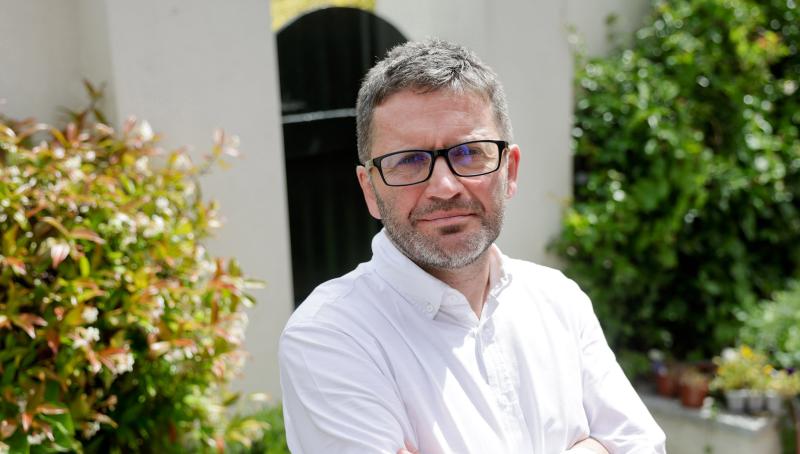-
-
Author: Dara Bradley
~ 4 minutes read
One of the first people Daniel MacSweeney (pictured) met after his appointment as the Director of Authorised Intervention at Tuam last July was John Higgins.
He was lead investigator at the Independent Commission for the Location of Victims Remains – the person in charge of finding the disappeared from the Troubles in Northern Ireland.
“He’s been dealing with families and victims of families for 10 or 15 years, in a very similar scenario to what I’m dealing with, and one of his key pieces of advice was you don’t make promises you can’t keep,” said Mr MacSweeney.
Mr Mac Sweeney’s experience of working with the Red Cross in post-conflict Lebanon and elsewhere taught him not to make promises either.
It’s a philosophy he intends to stick to and reiterates when invited to give a timeline for when the excavation of the Mother and Baby Home site on the Dublin Road in Tuam will begin – or when the entire process will end.
His appointment was for two-and-a-half years but one thing for sure is there won’t be closure on this chapter by 2025.
“I will tell everyone about the progress I’m making and what’s in front of me, but I don’t want to give a date and we miss it,” he said.
The recovery of the remains alone, he said, could take two years due to the complexity of the site and underground septic tanks – and they’re not ready to start excavation yet.
The analysis phase and how long that will take depends on the volume and complexity of remains.
Historian Catherine Corless – whose work culminated in the establishment of this work – estimated 796 children died at the Bons Secours run, Galway County Council owned institution.
“If it’s that many children’s skeleton remains, then nothing has ever been done of this complexity anywhere in the World, so there is no quick way of doing it and we have to do it to international standards and best practice,” Mr MacSweeney said.
There were many variables. “It’s a very complex process. We’re moving as fast as we can to do it correctly in accordance with international standards and best practice. Length of time depends on what we recover, how complex those remains are and how many families come forward to provide DNA. They’re the known unknowns,” he said.
Since his appointment, Mr MacSweeney has consulted with survivors, families, and their advocates, including Catherine Corless, TDs, councillors, Gardaí, coroner, and Archbishop.
He’s also added key personnel to his team, which now numbers seven in forensics, communication, and administration and governance.
They include Forensic Programme Manager, Oran Finnegan, a former head of forensics at the Red Cross who worked on large scale post-conflict identification programmes; forensic archaeologist Dr Niamh McCullagh, who led the original excavation in Tuam in 2016, and worked on finding disappeared in the Troubles; and Deputy Director Blaithín Kennedy.
There are five steps the office needs to progress before they can start the forensics operation of excavation and recovery.
One is an engineering study to enable and inform the ground works at a complex site with residents nearby.
They cannot start working until they have somewhere to store remains – and the Office of Public Works is trying to identify a laboratory building in or close to Tuam. They also need to sort their IT systems and go through public procurement to hire more expert staff.
“We have to get preparation in place before we start the recovery process, which comes in the middle rather than the start. When we start recovering remains, we need to have an analysis process in place.
“When we have more clarity of when we are starting, we will talk to residents close to the site who will be affected by the work, to have minimum disruption to them,” he said.
Large-scale DNA sampling from eligible family members will not occur for some time yet, but Mr MacSweeney has invited people who fear they could die before that process begins – possibly next year – to come forward to give samples to be stored for later analysis.
First cousins are not categorised as ‘eligible family members’; they’re defined as a child, parent, sibling, half-sibling, grandparent, grandchild, aunt, uncle, niece or nephew, grandniece, or grandnephew, of a person believed to be buried in Tuam.
The objective of the entire process is to recover remains, analysis of those remains, identification through DNA, individualisation of remains to see if they can determine causes and circumstances of death, and returning of those remains to families.
“Any unidentified remains, we will work with families to come up with the most respectful and correct way of burying them and memorialising them,” Mr MacSweeney said.
For more, read this week’s Connacht Tribune:
Connacht Tribune Digital Edition App
Download the Connacht Tribune Digital Edition App to access to Galway’s best-selling newspaper. Click HERE to download it for iPhone and iPad from Apple’s App Store, or HERE to get the Android Version from Google Play.
Or purchase the Digital Edition for PC, Mac or Laptop from Pagesuite HERE.
Get the Connacht Tribune Live app
The Connacht Tribune Live app is the home of everything that is happening in Galway City and county. It’s completely FREE and features all the latest news, sport and information on what’s on in your area. Click HERE to download it for iPhone and iPad from Apple’s App Store, or HERE to get the Android Version from Google Play.
More like this:
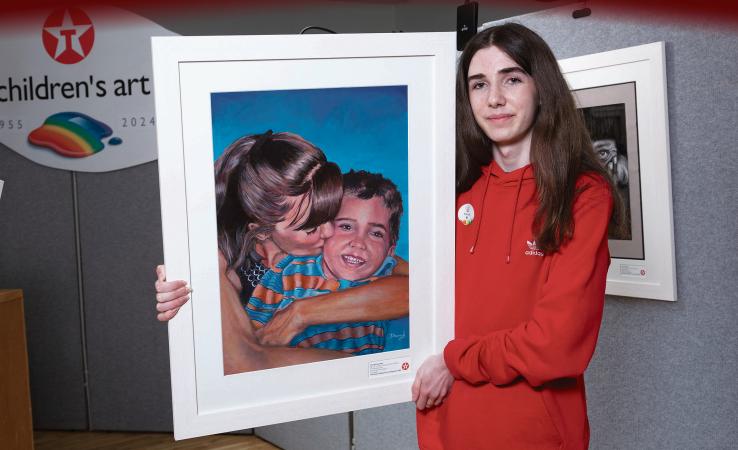
Gort teen is big winner as five Galway artists are recognised in Texaco Children’s Art Competition
A teenage artist from Gort was the big winner as Galway took home five prizes from this year’s 70...
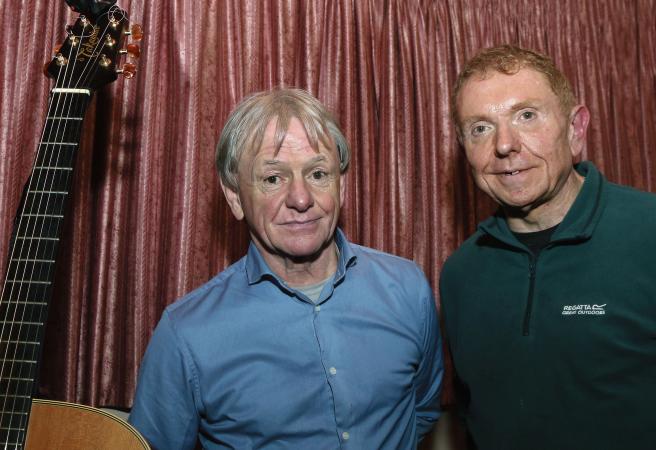
Galway poets make final crowdfunding push to bring Poetry Jukebox to the West
It looks like the periscope in a submarine – but this is a concept to take to the highways and by...

Galway graduate suggests greater use of sport to promote daily use of the language
A young Galway man with a passion for sport and the Irish language has told a Dáil committee that...

Carrabane pupils to feature in online magazine with rap about Sustainable Development Goals
The work of pupils from Carrabane School has featured in an online magazine. It features the work...
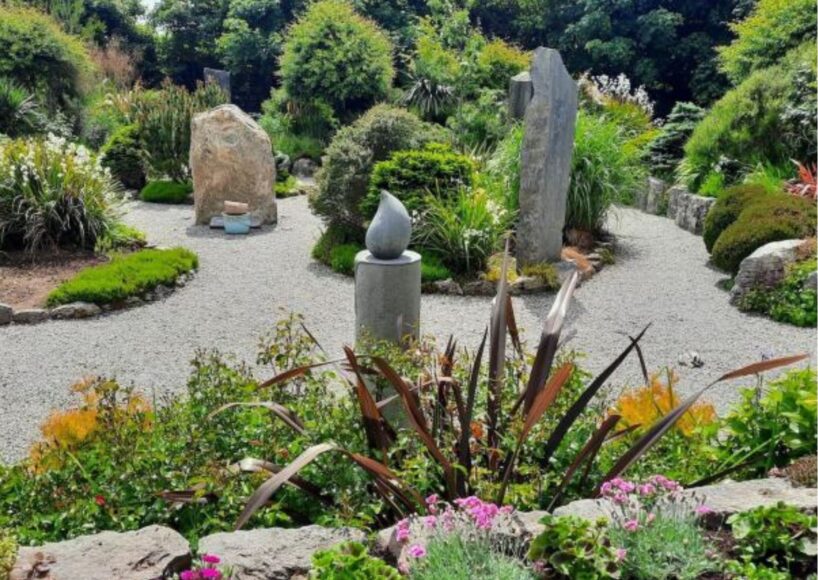
Over 400 organ donors and families in Salthill to be honoured in ceremony in Salthill
Over four hundred organ donor recipients and their families will be celebrated at a special cerem...
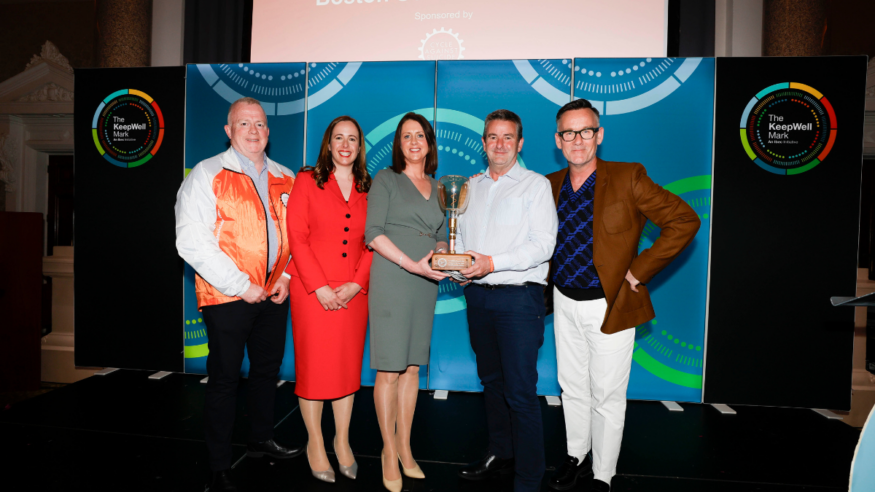
Galway’s Boston Scientific and Merit Medical awarded best in class for Workplace Wellness
Galway’s Boston Scientific and Merit Medical have been awarded best in class for Workplace Wellne...

Interim CEO appointed at Galway Chamber
An Interim CEO has been appointed at Galway Chamber. Deirdre Mac Loughlin is currently a member o...
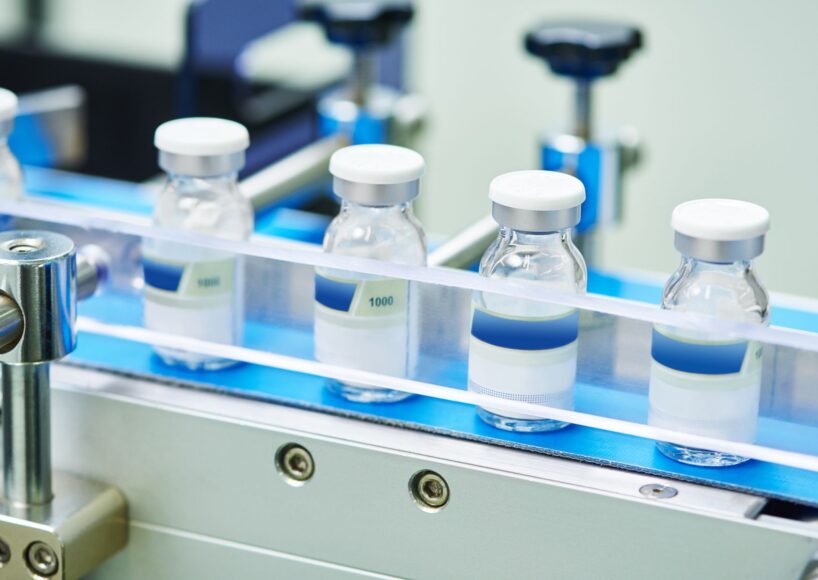
Loughrea company aquired by leading pharmaceutial and life sciences company
Neylons Facility Management, based in Loughrea, has been aquired by a leading pharmaceutial and l...
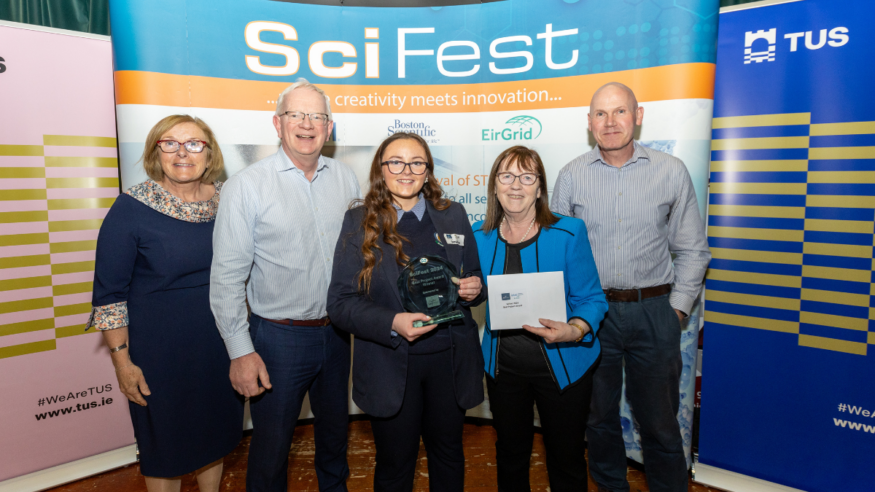
Glenamaddy student wins top prize at SciFest@TUS Athlone
A Glenamaddy student has taken home the top prize at SciFest@TUS Athlone, one of Ireland’s larges...
Sign Up To get Weekly Sports UPDATES




